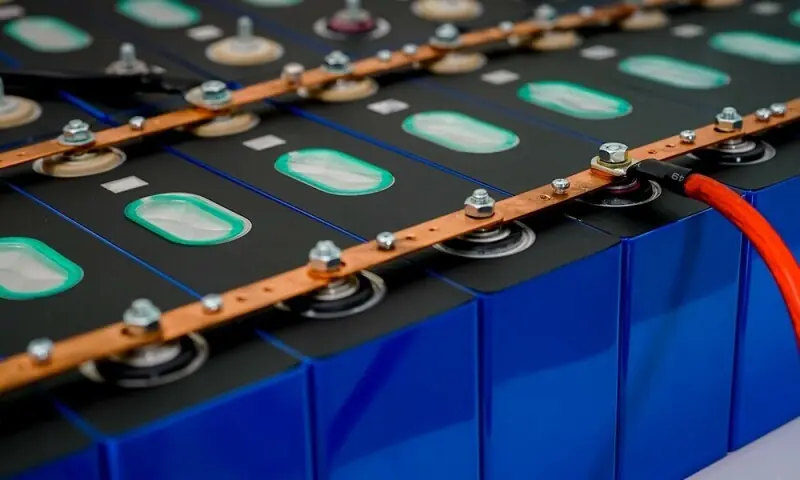By Frank Chung
Copyright news

The Australian Industry Group (AI Group), in a research note on Thursday, found it was traditionally male-dominated sectors like construction, mining, manufacturing and wholesale trade where the biggest gains had been made over the past two decades.
“Industrial businesses are a standout in improving the number of women in the workforce, and are leading the economy in closing the gender participation gap,” AI Group chief executive Innes Willox said.
“Since 2006, the share of hours worked by women rose from 13 per cent to 18 per cent in mining, and from 8 per cent to 11 per cent in construction. Across industrial sectors, the average increase was around 4 per cent.”
MORE: 9 signs you’re burnt out from work
Women’s workforce participation — the overall number employed — has been steadily rising by about 0.15 per cent per year, from 45.1 per cent in 2006 to 47.9 per cent in early 2025.
At this rate, Australia will reach workforce gender parity by the late 2030s.
“However, a better measure of women’s labour market participation is given in terms of hours worked rather than people employed,” AI Group’s report said.
“This is because women are more likely than men to work part-time, and so measuring by people overstates women’s contribution to the labour force.
“When measured on the basis of total hours worked, women comprise 42.9 per cent of the workforce, 5 per cent less than the headcount number.”
The analysis, based on newly available microdata from the Australian Bureau of Statistics (ABS), shows the gap in hours worked has closed at a faster rate than the overall headcount.
MORE: A guide to the average salary in Australia
In 2006, women contributed only 38.1 per cent of the hours worked in the economy. That has risen by about 0.25 per cent per year to reach 42.9 per cent in 2025.
“On current trend, it is likely to achieve gender parity in the late-2040s,” AI Group said.
At one end are the female-dominated industries of healthcare and social assistance and education, where women contributed more than 70 per cent of the hours worked.
At the other are male-dominated sectors, where women accounted for around one third of the hours worked.
Between these two extremes are a group of relatively gender-balanced industries — including retail, accommodation and food, public administration and finance — where the share of hours worked by women fell into the 45-55 per cent range.
AI Group said the gender dynamics in male-dominated industrial sectors was “surprising”.
“While coming off a low base, industrials have delivered the fastest rates of gap closure in Australia,” Mr Willox said.
“Most other industries have seen female shares barely move over the same period.
“While there is clearly more to be done, cultural shifts in the workplace, increasing women’s uptake of STEM education pathways, and targeted plans within businesses to improve gender balance have all played a role.
“The uptake of technology and automation has also functioned as an enabler, by transforming jobs which were once male-dominated into something accessible to both men and women.”
The analysis also showed a strong generational dimension.
Over the past two decades the proportion of all women aged fifteen and over in the workforce has steadily increased, from 58 per cent in 2006 to 64 per cent in 2025.
Men’s participation has been broadly stable at around 70 per cent during this time.
Women in the 25-55 age bracket have the highest levels of engagement and have seen a modest increase in participation of around 5 per cent over the last two decades, which AI Group attributed to initiatives such as broadened parental leave, increased workplace flexibility and the expansion of childcare availability.
However “the most significant rise has occurred for women aged over 55 — with workforce participation jumping to 64 per cent in 2025 from 48 per cent two decades ago”, Mr Willox said.
“Improving gender equality has allowed women who entered the workforce in the 1980s to stay attached rather than exit through their 50s and 60s.
“The clear improvements achieved in industrial sectors provide a lesson for how to raise women’s workforce participation. They point the way for what is needed so Australia can close the final miles of the gender participation gap.”



